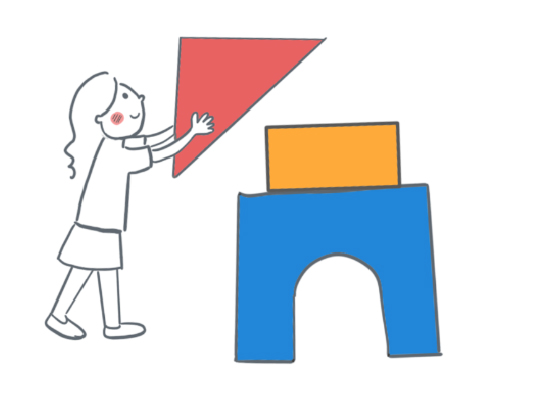
Modern life is increasingly fast-paced, which can lead to an individual's stress and difficulty with life choices. This situation, therefore, emphasizes the importance of a reflective mindset to an individual in relation to one's behaviors and lifestyle toward a healthy and desired way (Li, Dey & Forlizzi, 2010).
Ghajargar et al. (2018) identify Reflection as an ongoing activity that should be continuously supported rather than a certain task or problem to be solved, which can be deemed as a challenge for designers designing tools for supporting a continuous activity. As such, by reassessing and analyzing individualized experiences and relevant contextual information people can then be motivated to be in charge of the target behaviors/lifestyle (Müller et al., 2012) and can further be supported to achieve self-empowerment in being able to make informed decisions through a reflective attitude (Garcia et al, 2014).
In the sense that reflective thinking can act as a rational approach to nudge individuals toward desired behaviors, Baumer et al. (2014) also considered reflection a boost to traditional and persuasive ways of behavior change, particularly in terms of sustainable behaviors.
In addition, Ghajargar et al. (2018) introduced make me think relationships, in which they reconstruct the relationship between the tool (design artifact) and the other elements in the system. Particularly, They recognized these kinds of tools as mediums to make the user think and reflect on an undertaken activity in order to accomplish a functional goal. In that regard, it is the designer's job to recognize those relationships between the tool for reflection and other elements in the system in order to affect the user for healthier sustained behaviors/lifestyles in their everyday life.
*Li, I., Dey, A., & Forlizzi, J. (2010, April). A stage-based model of personal informatics systems. In Proceedings of the SIGCHI conference on human factors in computing systems (pp. 557-566).
*Müller, L., Rivera-Pelayo, V., and Heuer, S.: Persuasion and reflective learning: closing the feedback loop, in Persuasive Technology, Springer Berlin Heidelberg, pp.133--144, (2012)
*Jimenez Garcia, J. C., Romero Herrera, N. A., Keyson, D. V., & Havinga, P. (2014). Reflective Healthcare Systems: micro-Cycle of Self-Reflection to empower users. Interaction Design and Architecture (s),(23), 2014.
*Malafouris, L. (2008). At the Potter’s wheel: An argument for material agency. In C. Knappett & L. Malafouris (Eds.), Material agency (pp. 19-35). New York, NY: Springer.
*Turkle, S. (2011). Evocative objects: Things we think with.Cambridge, MA: MIT Press.
*Jimenez Garcia, J. C., Romero Herrera, N. A., Keyson, D. V., & Havinga, P. (2014). Reflective Healthcare Systems: micro-Cycle of Self-Reflection to empower users. Interaction Design and Architecture (s),(23), 2014.